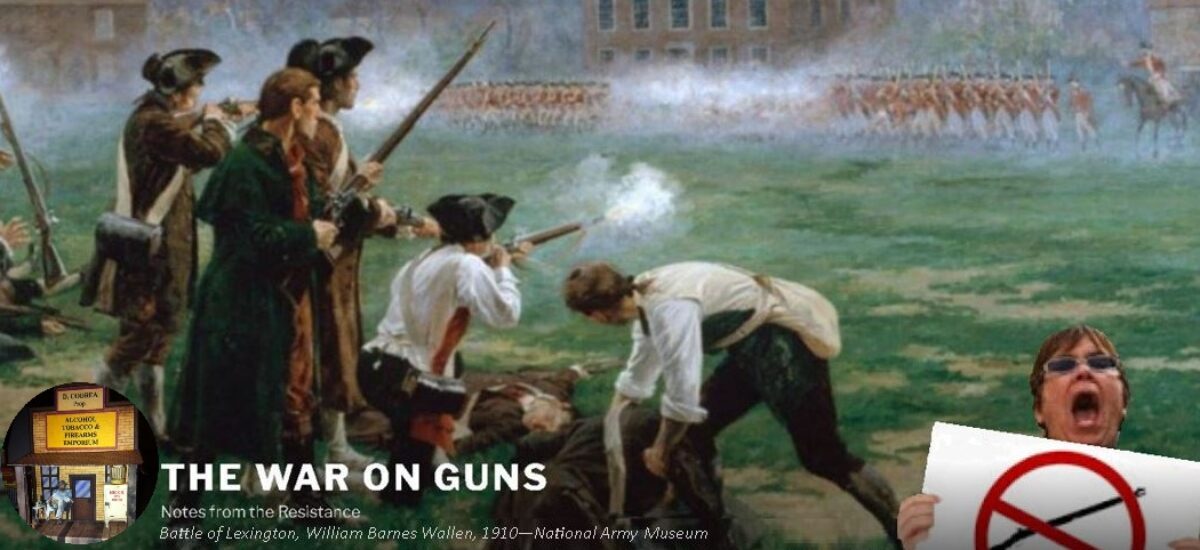“We have already recognized in Heller at least one way in which the Second Amendment’s historically fixed meaning applies to new circumstances. Its reference to arms does not apply only to those arms in existence in the 18th Century… just as the First Amendment protects modern forms of communications and the Fourth Amendment applies to modern forms of search, the Second Amendment extends prima facie to all instruments that constitute bearable arms, even those that were not in existence at the time of the founding. Thus even though the Second Amendment’s definition of arms is fixed according to the historical understanding that that general definition covers modern…modern instruments that facilitate armed self-defense. [Watch]
Exactly right. What I’m having trouble connecting the dots on is this:
What is that burden that the government has to bear? The government has to come forth to prove that the arms that they want to ban are not in common use.
Ignoring the first 13 words and focusing exclusively on self-defense leaves the door open to saying post-’86 machine guns are not in common use. It also means that new technological developments that the government reserves for itself will never be.
That is what I’d like to see Mr. Smith elaborate on. I believe he’s one of the few who could.
As an aside, I think the first Republican presidential candidate who promised to nominate him if any Supreme Court openings happen would gain a huge advantage with gun owners.
[Via Stephen I]

